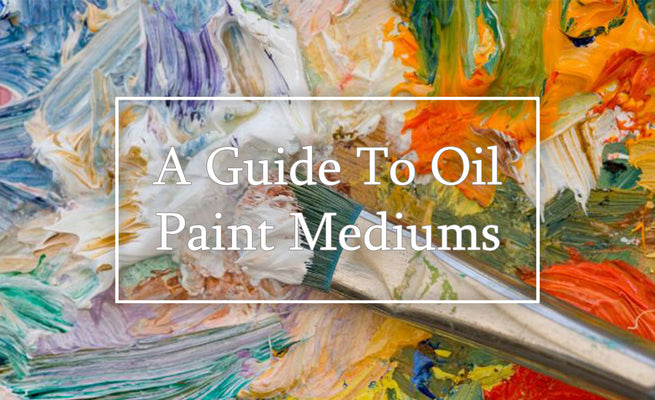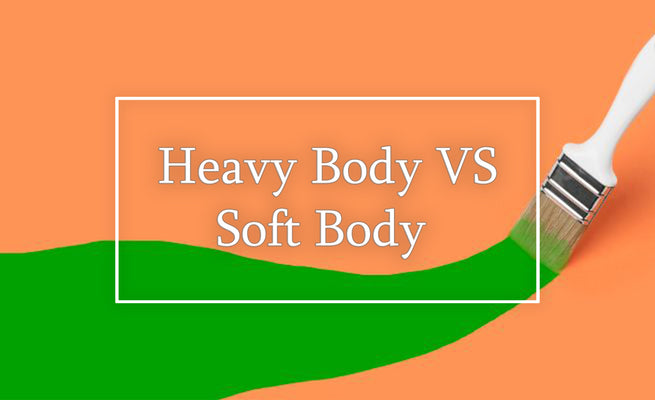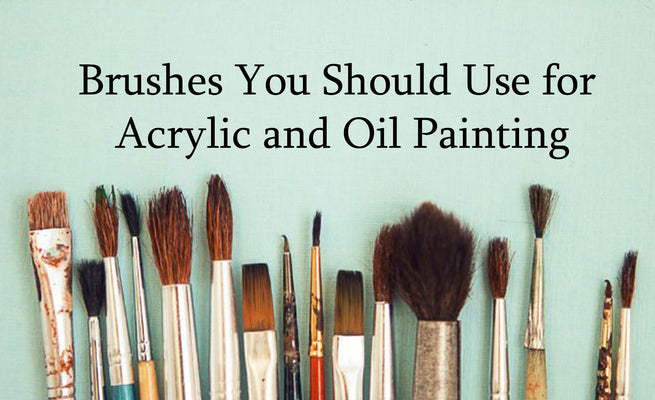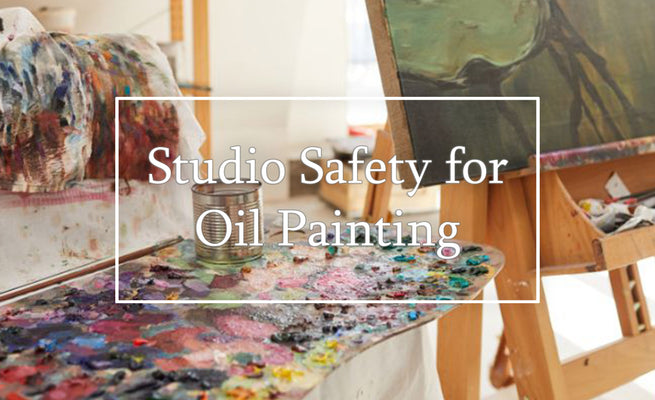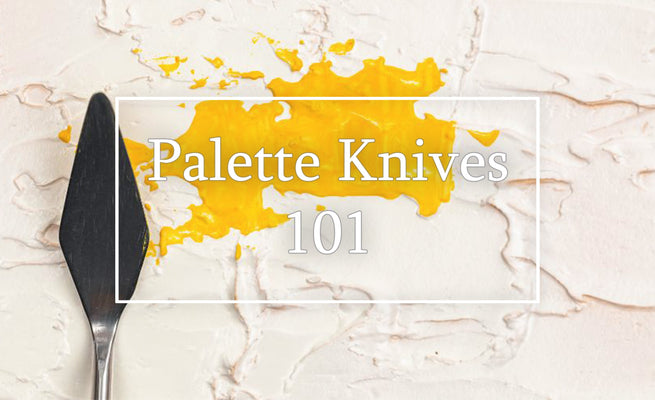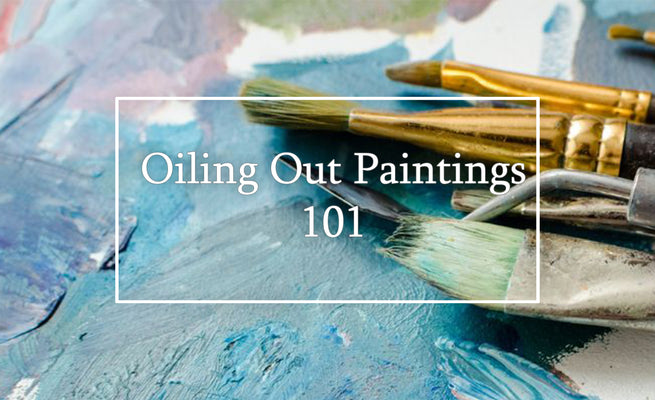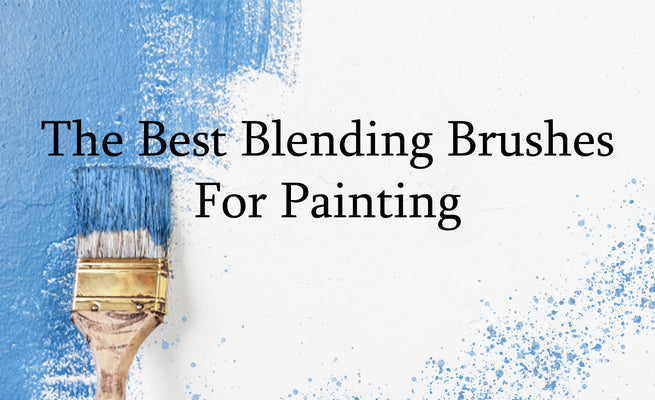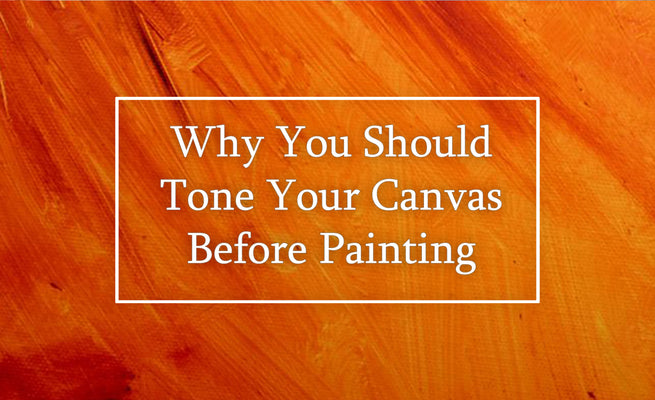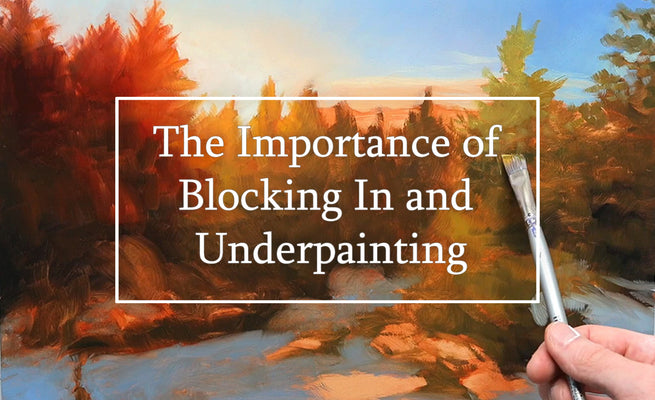Have you ever heard "fat over lean" when researching oil painting and thought, what the heck is that?? We'll, don't sweat it, as this fundamental principle in oil painting can often be a source of confusion for many artists. Fat over lean refers to the idea that as you build up your painting, each subsequent layer of oil paint should contain higher levels of oil, hence the word "fat." This is important to understand because oil paints dry through a process of oxidation. If paint layers are not applied in the proper order, it can lead to cracking. In this short article, I'll break down the basics of the fat over lean rule and so that you can have more confidence in your oil paintings process.

Note: This blog contains affiliate links and purchasing through them supports our site at no extra cost to you.
An overview of the "fat over lean" rule
As with any paint medium, there are specific techniques and principles that must be understood in order to create a long lasting piece of art. Understanding fat over lean is essential for creating a durable and archival oil painting.
This rule is based on the idea that each layer of oil paint should contain more oil than the layer beneath it. In other words, as you build up your painting, the subsequent layers should have a higher proportion of oil medium to pigment than the previous layers. In order to dry or cure, the oils in the paint combine with oxygen to form a solid film. If the top layers of paint dry more quickly than the lower layers, the painting can crack or become unstable over time. Oil paint layers beneath will need to breathe through the subsequent layers in order to cure. If the top layer dries to quickly, the underlayer's oxidation process will force it's way through and potentially create a crack under certain circumstances.

How do I know if I'm applying this right?
Simply put, the more oil there is in a layer of paint, the longer it will take to dry. The first layers of paint should be "lean," meaning they should contain a lower proportion of oil to pigment (less oil). As you add more layers of paint, you can increase the proportion of oil to pigment, making each layer "fatter" than the one before. This slows down the drying time and ensures that the upper layers don't crack as the lower layers dry and shrink in the curing process.

As one might guess. a common mistake that artists make is using too much oil in their first layers of paint. This causes the paint to dry too slowly and can lead to problems with adhesion and stability. Oil painting should be a slow and methodical process anyways, taking advantage of the open working time. If there's one thing I've learn through the years it's to not overdo the amount of medium you use. If you're new to oil painting, it's important to take the time to learn this principle and to experiment with different paint mixtures.

Don't sweat it!!
Now, before you get too worked up about this, take a deep breath. At the end of the day, fat over lean is an easy thing to master. I always like to say that as long as you're conscious of how much oil medium you're using and making an effort to follow this basic rule, you'll be just fine! This isn't an exact science and to top it all off, paints and mediums that we use today are much more capable and archival than many of the ones used throughout history. I hope that this has helped clear things up around this complex-sounding rule so that you can relax, and enjoy the process of working with oils.



